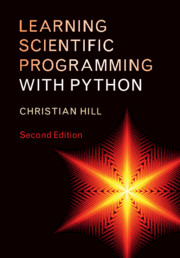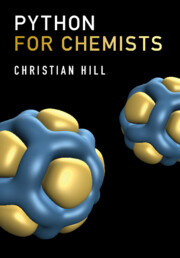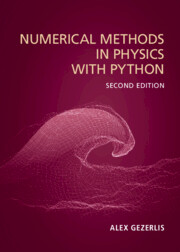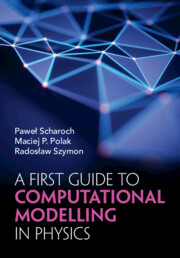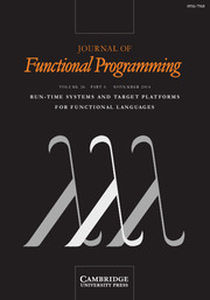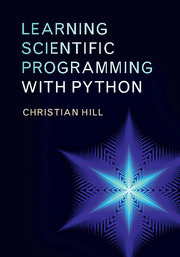Learning Scientific Programming with Python
Learn to master basic programming tasks from scratch with real-life, scientifically relevant examples and solutions drawn from both science and engineering. Students and researchers at all levels are increasingly turning to the powerful Python programming language as an alternative to commercial packages and this fast-paced introduction moves from the basics to advanced concepts in one complete volume, enabling readers to gain proficiency quickly. Beginning with general programming concepts such as loops and functions within the core Python 3 language, and moving on to the NumPy, SciPy and Matplotlib libraries for numerical programming and data visualization, this textbook also discusses the use of Jupyter Notebooks to build rich-media, shareable documents for scientific analysis. The second edition features a new chapter on data analysis with the pandas library and comprehensive updates, and new exercises and examples. A final chapter introduces more advanced topics such as floating-point precision and algorithm stability, and extensive online resources support further study. This textbook represents a targeted package for students requiring a solid foundation in Python programming.
- A broad introduction to Python programming in the sciences
- No previous coding experience needed – a chapter on general concepts included
- Accompanying website provides resources for the examples and exercises
Product details
November 2020Paperback
9781108745918
568 pages
243 × 169 × 27 mm
1.06kg
Available
Table of Contents
- Acknowledgments
- 1. Introduction
- 2. The core Python language I
- 3. Interlude: simple plots and charts
- 4. The core Python language II
- 5. IPython and Jupyter Notebook
- 6. NumPy
- 7. Matplotlib
- 8. SciPy
- 9. Data analysis with pandas
- 10. General scientific programming
- Appendix A. Solutions
- Appendix B. Differences between Python versions 2 and 3
- Appendix C. SciPy's odeint ordinary differential equation solver
- Glossary
- Index.

